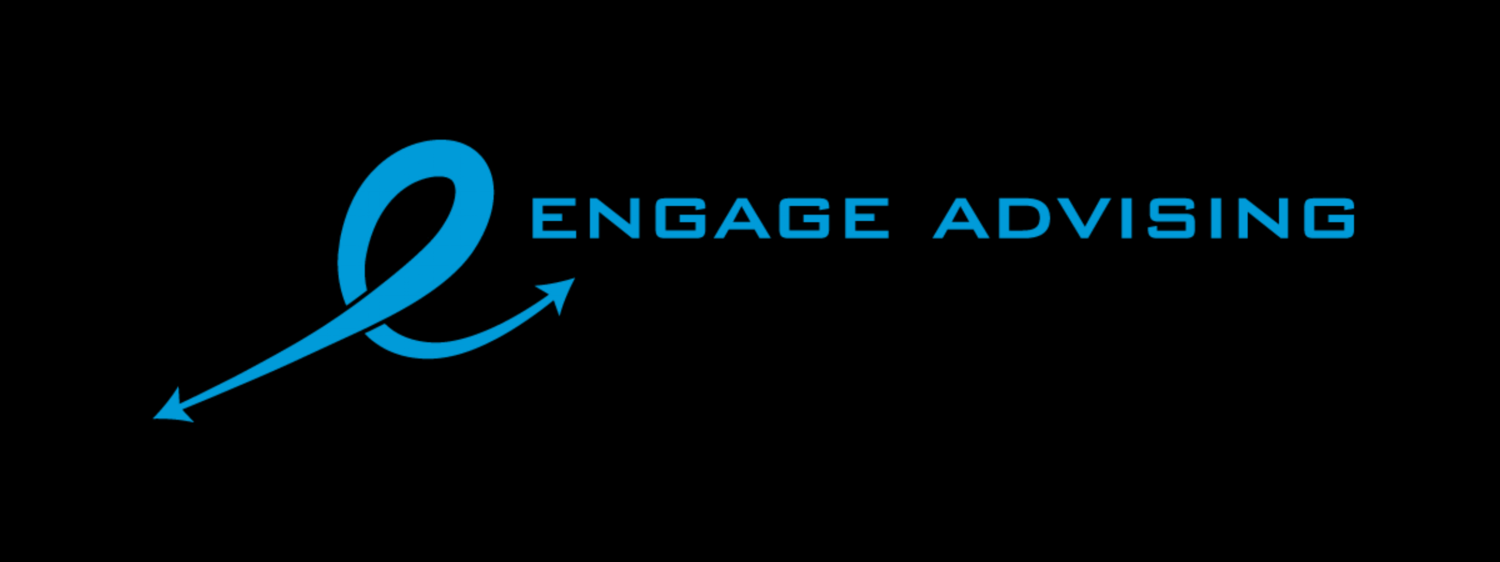Here we are at the end of June. It’s also the end of LGBTQ Pride month celebrations and half way through 2022. It seems like just yesterday we were celebrating New Year’s. Given that June marks the midpoint of the year, it’s a good month to check on your goals. Read on for tips whether you are on-track or need to get back on the path toward your goal.
First, take a look back at what you said you wanted to achieve at the beginning of the year. Did you write it down? If you did, and you are on target, that’s great. Midyear is a good time to tweak your goal. If you are doing better than expected, try increasing your goal. Stretch a little for a higher target be it numerical, time, or another personal benchmark. If you are not on target, now is a great time to revisit your goal and get back on track. Examine why you are not making progress. Did you hit a barrier, or just forget to put your goal in action? You still have six months left in 2022 so let’s get moving.
Let’s take a look at goal setting. The first thing to know is that you shouldn’t set too many simultaneous goals. Pick between one and three goals so you are not overwhelmed. It’s easier to reach those goals if you have fewer, realistic, specific goals.
It is ok to have multiple goals with overlapping periods. For example, you could have two smaller, very short-term goals, one intermediate goal, and maybe one long-term goal. For example, let’s say your two very short-term goals are to organize all financial documents in a single location, and to increase your 401(k) savings rate. You could, for example, set a goal to raise your 401(k) contribution rate by 2% by next pay period and do that within a month. Done! You could give yourself two months to organize your financial documents and set a deadline. Done! You’ve set two specific, achievable goals and a time to complete them.
An intermediate goal might be to buy a new car in 2025. You could pick December 2025 since dealerships provide lots of incentives end of year and get started by calendaring what you need to do between now and 2025. Start a monthly car savings fund and set a calendar reminder to check your progress every quarter.
An example of a long-term goal is to pay off your mortgage in ten years. Work with an adviser to determine exactly how much you need to increase your annual payments to hit that goal, and start adding that amount to your monthly payment. You might be able to use the extra annual payments method as well.
For any goal, be sure your goal is SMART: Specific (save 5% more), Measurable (how much per week, month, year), Achievable (but challenging), Realistic (does it fit your overall plan), and Timely (have a beginning, and a target end date).
Getting started, or re-started, is very simple. Decide you want to achieve your goal. Write down your goal to make it real. You can even tweak your goal after writing it down until it’s just what you want. Select a target date, and a SMART description. You can then either print or save the goal in some manner. I recommend you print it out and post it somewhere you can see it. I also recommend that you use a journal, a digital calendar, or Smartphone task app to keep you on track to reach your goal. Whatever it takes and whatever works for you.
As an independent Certified Financial Planner™, I can help you plan for and be on top of your goals. Contact me and let’s get started on a savings plan. #talktometuesday #education #Hireaplanner #stressfree #savings #goals #2022Goals #debtfree #budget #CFPPro #retirement #investments #betterfinances


